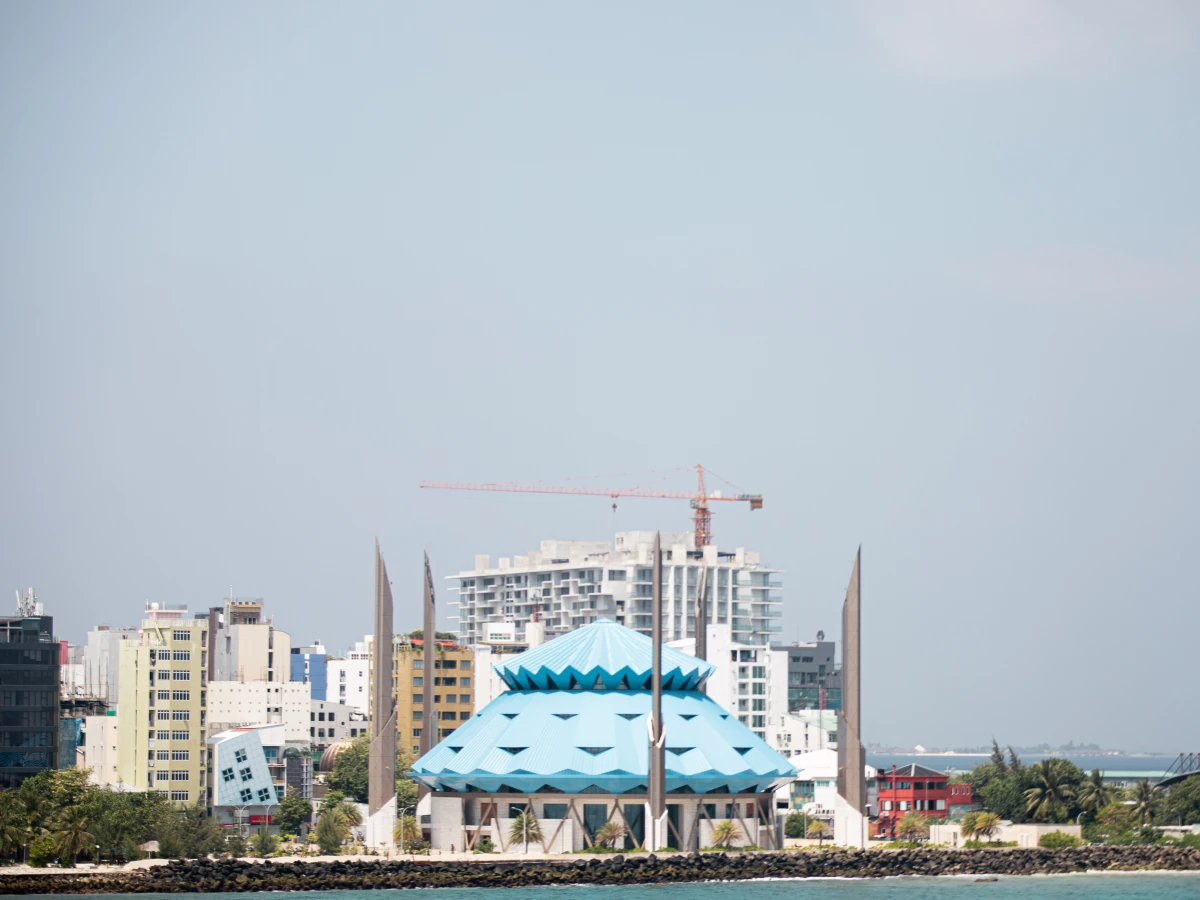
Building higher islands could save Maldives from sea-level rise, says study
The researchers suggest building higher islands up to six metres or more above sea-level.
Top Stories
Artificially raising island heights or building completely new higher islands have been proposed as solutions to sea-level rise in the Maldives and other low-lying nations.
Researchers from the University of Southampton, the Tyndall Centre for Climate Change Research at the University of East Anglia (UEA) and TEDI-London, working with Maldivian scientists, show that using simple engineering principals to raise islands or build new ones can help small island nations like the Maldives withstand long-term sea level rise due to climate change.
This approach is consistent with existing practise in the Maldives, as well as demographic trends — the capital Male and neighbouring islands are attracting a rapidly expanding population as other islands are abandoned.
"Our findings indicate that in the extreme the entire population of the Maldives could live on just two islands that are built at a significantly higher elevation than natural islands to withstand sea-level rise," Prof Robert Nicholls, Director of the Tyndall Centre at UEA, said.
"Of course, these islands would look very different to the beautiful ones with beaches we currently see in tourist brochures. They would be very urban with many high-rise buildings, as is seen in the capital Malé today, but many Maldivians are now choosing urban settings and they would provide a safe home. Additional raised islands could provide space for tourism and other economic activities as required."
Publishing their findings in the journal Environmental Research: Climate, the researchers suggest that with significant engineering investment and government support, the Maldivian population can remain in their country far into the future rather than be forced to migrate because of sea-level rise.
Forced migration to other countries as environmental refugees is often seen as the ultimate response to sea-level rise in island nations such as the Maldives, which has a population of 500,000 and growing.
This poses many social challenges including cultural decline, loss of identity, integration, and employment challenges, and also fundamental questions about who will receive these migrants.
Re-claiming land and creating new islands is an established practise in the Maldives, typically built two metres above sea level. The researchers suggest building higher islands up to six metres or more above sea-level to safeguard against long-term risk from sea-level rise and storms.
They also recommend building new islands that the population could slowly move onto in an adaptive manner, including taking account how rapidly sea levels rise. This approach would work best when combined with climate stabilisation.
The researchers say the building-new-islands-higher concept has implications for other low-lying nations such as Kiribati, Tuvalu, and the Marshall Islands, and even mainland coasts.
These approaches would work best with climate stabilisation but are still essential. While the Paris Agreement stabilises temperature, sea levels will continue to rise slowly for centuries requiring adaptation as well.
The team acknowledge that the results and recommendations are controversial, and they show only one route Maldivians can follow.
"Small islands are often written off due to sea-level rise. The approach we discuss provides a way that these islands and communities can thrive despite these threats, rather than a pessimistic view that islands will inevitably drown and cause international forced migration," Nicholls said.
"This approach offers another option that complements climate stabilisation, but the Maldivian people need to decide if and how to utilise it."
'Pathways to sustain atolls under rising sea levels through land claim and island raising' is published in Environmental Research: Climate on February 16.
Related
Related

‘No action against businesses avoiding environmental fines’

Nasheed raises concern over air pollution’s impact on tourism

Nasheed invites Trump to Maldives to witness climate impacts

